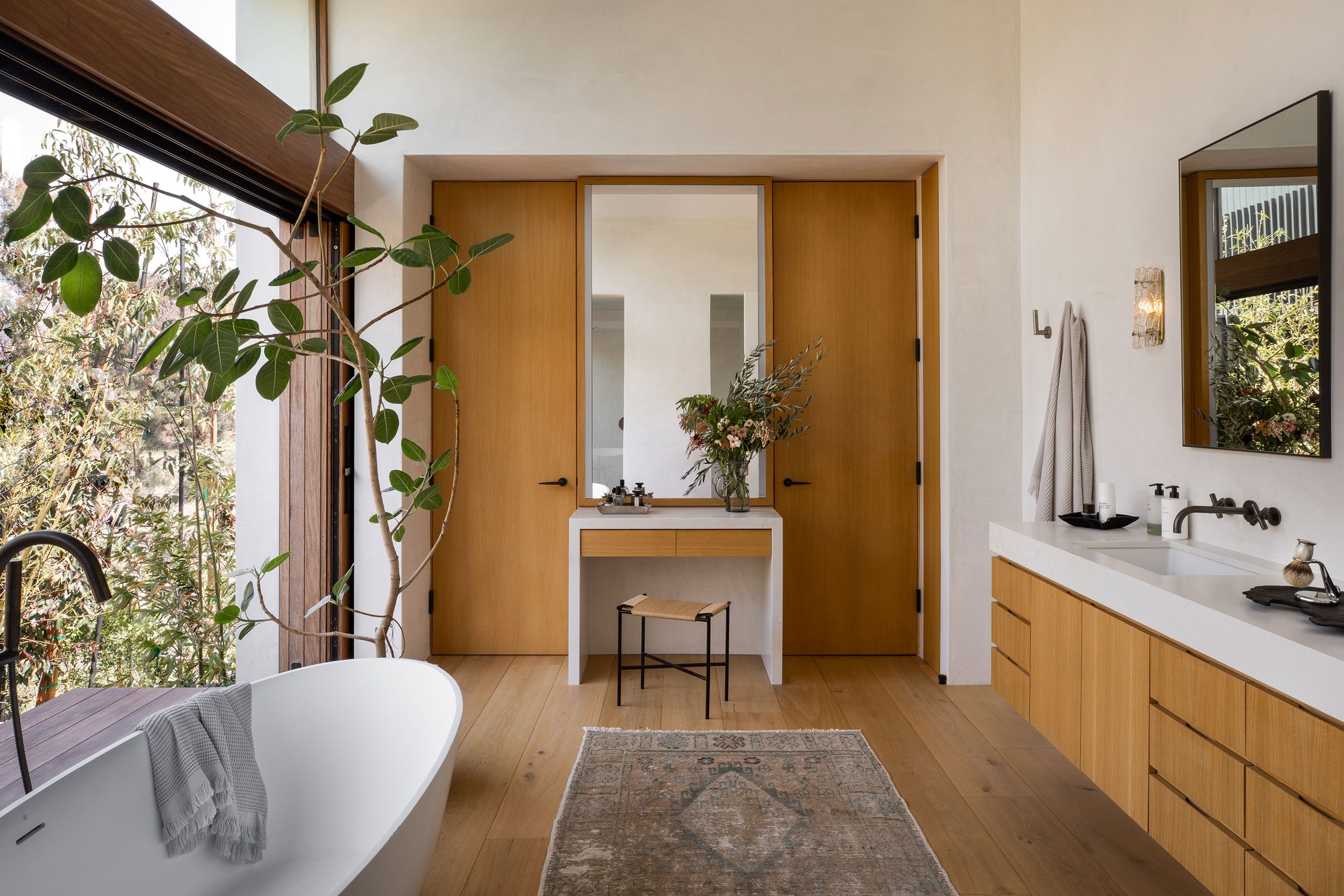Standard Height Guidelines for Bathroom Accessories

Ensuring bathroom accessories are installed at the right height is crucial for both accessibility and usability. A well-designed bathroom considers the needs of all users, from young children to seniors, ensuring comfort and ease of use.
Standard Heights for Bathroom Accessories, Standard height for bathroom accessories
Standard heights for bathroom accessories are designed to promote accessibility and ease of use for a wide range of users. These guidelines are based on ergonomic principles and aim to minimize strain and maximize comfort.
- Towel Bars: Towel bars are typically installed between 48 and 54 inches from the floor. This height allows for easy access for most adults while ensuring towels hang comfortably.
- Toilet Paper Holders: Toilet paper holders are typically installed between 26 and 30 inches from the floor. This height ensures that the paper is easily reachable and within comfortable reach for most users.
- Soap Dispensers: Soap dispensers are typically installed between 36 and 42 inches from the floor. This height allows for easy access and prevents accidental spills.
- Shelves: Shelves are typically installed at varying heights depending on their intended use. For example, shelves used for storage above the toilet are often installed between 54 and 60 inches from the floor, while shelves used for toiletries near the sink are typically installed between 36 and 42 inches from the floor.
Impact of Varying Heights
The height of bathroom accessories can significantly impact the user experience.
- Towel Bars: A towel bar installed too high can be difficult to reach, especially for individuals with limited mobility. Conversely, a towel bar installed too low can make it difficult to hang towels without them dragging on the floor.
- Toilet Paper Holders: A toilet paper holder installed too low can be uncomfortable to reach, especially for taller individuals. Conversely, a toilet paper holder installed too high can make it difficult for shorter individuals to access the paper.
- Soap Dispensers: A soap dispenser installed too high can make it difficult to reach, especially for children or individuals with limited reach. Conversely, a soap dispenser installed too low can make it difficult to avoid spills.
- Shelves: Shelves installed too high can make it difficult to reach and access stored items. Conversely, shelves installed too low can make it difficult to access the sink or other bathroom fixtures.
Factors Influencing Standard Heights: Standard Height For Bathroom Accessories

Standard heights for bathroom accessories are not arbitrary but are carefully determined to ensure accessibility, comfort, and safety for users of varying heights and abilities. Ergonomics and anthropometrics play a crucial role in establishing these standards.
Ergonomics and Anthropometrics
Ergonomics is the science of designing and arranging things people use to optimize human well-being and overall system performance. Anthropometrics, on the other hand, is the study of human body measurements, including height, reach, and proportions. Both disciplines are essential for designing functional and user-friendly bathroom spaces.
Considerations for Standard Heights
Several key considerations influence the determination of standard heights for bathroom accessories:
- Average User Height: Designers consider the average height of the target population, taking into account factors like age and gender. This helps ensure that the majority of users can comfortably access and use the accessories.
- Reach: The reach of the user is a crucial factor. Standard heights are determined to ensure that users can easily reach and use the accessories without straining or overextending themselves. This is particularly important for individuals with mobility limitations.
- Mobility Limitations: The design of bathroom accessories should accommodate users with varying mobility limitations. For instance, individuals using wheelchairs or with limited mobility may require lower-mounted accessories for easier access.
Influence on Design and Placement
The factors discussed above significantly influence the design and placement of bathroom accessories. Here are some examples:
- Toilet Height: Standard toilet heights are designed to ensure comfortable seating and standing for users of different heights. Higher toilet heights are often preferred for individuals with mobility limitations, as they facilitate easier transfers.
- Shower Head Height: Shower head heights are typically adjusted to accommodate users of varying heights. Adjustable shower heads allow users to customize the height to suit their needs, ensuring comfortable and efficient showering.
- Grab Bars: Grab bars are essential safety features in bathrooms, particularly for individuals with mobility limitations. They are typically mounted at a height that allows users to easily grasp them for support.
Designing for Accessibility

Standard heights for bathroom accessories are crucial for creating accessible and inclusive spaces. By adhering to these guidelines, we can ensure that bathrooms are usable and comfortable for individuals with varying abilities.
Accessibility Features and Recommended Heights
Recommended heights for bathroom accessories are designed to accommodate individuals with different physical abilities, ensuring ease of use and safety. Here’s a table outlining common accessibility features and their recommended heights:
| Feature | Recommended Height |
|---|---|
| Toilet Seat | 17-19 inches (43-48 cm) |
| Grab Bars | 33-36 inches (84-91 cm) |
| Shower Seat | 17-19 inches (43-48 cm) |
| Handheld Showerhead | 48-54 inches (122-137 cm) |
| Vanity Sink | 30-34 inches (76-86 cm) |
Accessible Bathroom Designs Enhance Functionality and Safety
Accessible bathroom designs go beyond just standard heights; they incorporate a range of features that enhance functionality and safety for all users. These features include:
- Non-slip flooring: Reduces the risk of falls, especially for individuals with mobility issues.
- Wide doorways and hallways: Allow for easy movement of wheelchairs and walkers.
- Clear floor space: Provides ample room for maneuvering and turning.
- Lever-style handles: Easier to grip than traditional knobs, especially for individuals with limited hand strength.
- Accessible shower controls: Located within reach for individuals sitting or standing.
